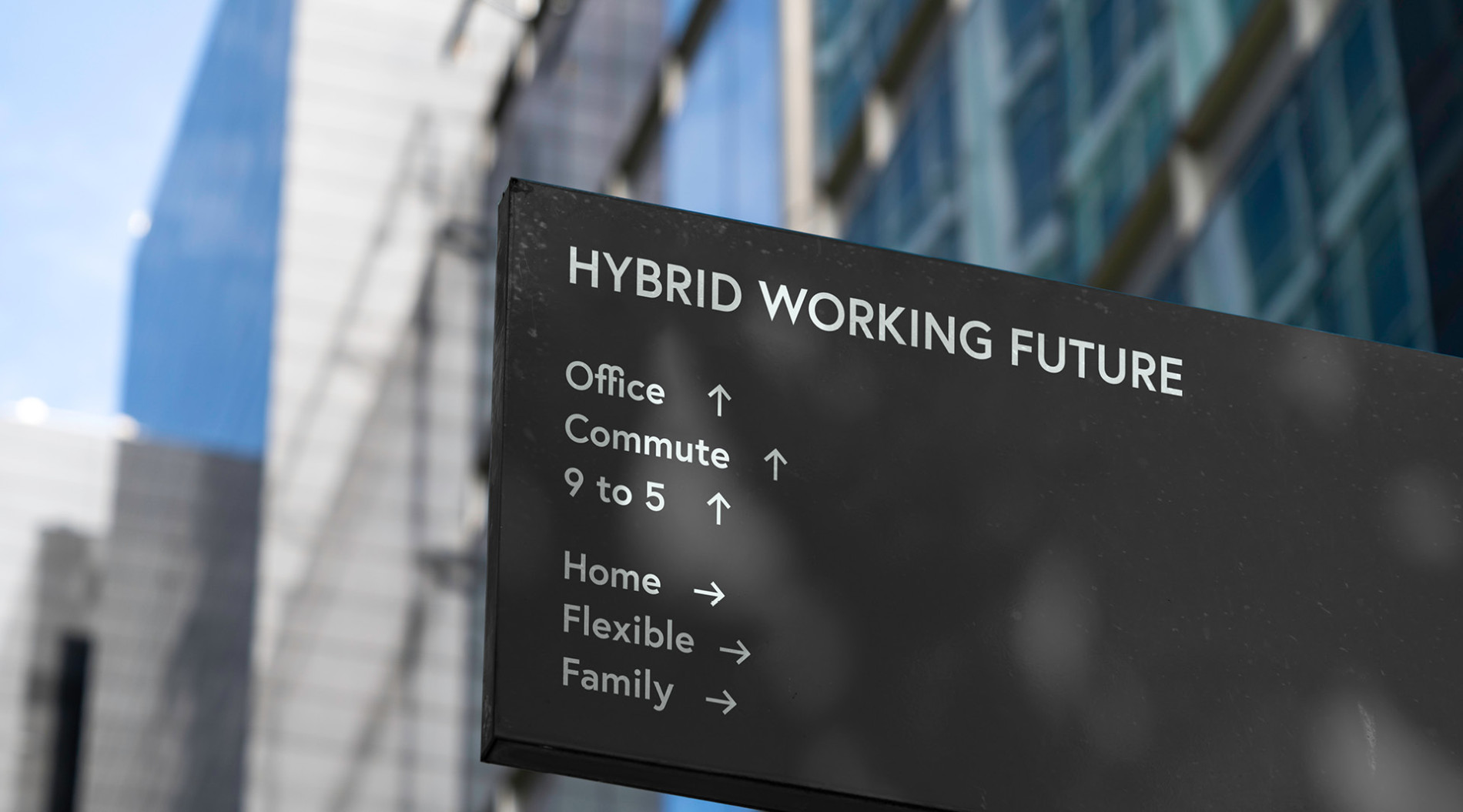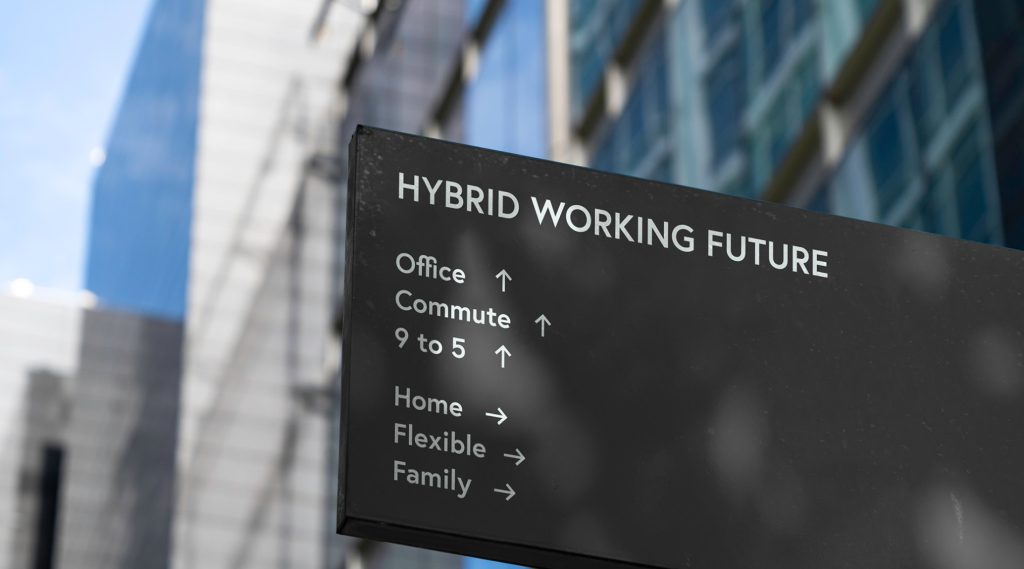Supporting Parents in the Workplace
Everyone could do with more paid leave – especially working mums – but what are employers overseas doing to assist return-to-work parents and is there anything local employers can borrow?
As an employer – and perhaps also as an employee – you may have seen the headlines in 2015 about the plethora of employers now offering generous parental leave provisions. Netflix is the latest US company to jump on the trend, announcing an expansion of its parental leave policy, granting hourly workers with full pay for maternity leave, paternity leave and adoption leave. The hourly workers in Netflix’s California-based streaming operation will now receive up to 16 weeks off at full pay.
Salaried workers, meanwhile, already receive up to one year off and have access to unlimited vacation time.
“We always look for ways to improve as a company and that means regularly reviewing policies and benefits to ensure we are competitive and can attract and keep the best employees,” the company said in the statement. “This provides them both flexibility and stability at this exciting, yet challenging, time of their lives.”
Ongoing support
In Australia, eligible employees who are the primary carer of a newborn or adopted child get up to 18 weeks’ leave paid at the national minimum wage.Workers are also entitled to 12 months of unpaid parental leave.
Yet the generous benefits offered by Netflix and other employers like them pose a challenging question: what benefits truly get cut-through with new parents – especially for those employers who can’t afford to offer perks like unlimited leave?
One 2015 study confirmed what most leaders probably already know: that working mothers need better access to support services early in their child’s life, as many struggle with the pressure to juggle work and family life.
Researchers from La Trobe University found that stress and ill health was being caused by a lack of access to support. The report, part of the university’s Longitudinal Study of Australian Children, found that – unsurprisingly – women remain overwhelmingly responsible for child-rearing and domestic chores, which is affecting their overall health.
A marathon, not a sprint
Indeed, parental leave policies, no matter how generous, have been likened to the timeframe of a ‘sprint’ when what is really required is support over the timeframe of a marathon.
So, what can employers do?
- Provide mentorship programs. For example, some companies utilise ‘stay connected’ plans that match maternity leave employees with employees back at the workplace. This allows employees to stay in touch and receive real-life updates.
- Maintain employee expectations of re-entry into their position is critical to ensuring a smooth transition back into the professional world, and this is done through communication during their leave. This may seem counter-intuitive as some employers are afraid to intrude on parent-baby bonding time, but experts have stated the importance of retaining communications through ‘keeping in touch days’ where parents visit while on leave.
- Offer tailored solutions. One-on-one meetings with employees allow HR and other leaders to develop flexible work options that suit the needs of specific staff members. Maternity leave services are not one size fits all. Some employees prefer a phased re-entry to work, while others want to get right back at it but require certain accommodations like breastfeeding areas or on-site childcare.
- Think outside the square – or as outside as budgets allow. In the US, Vodafone allows new mothers to work on a reduced schedule at full salary for up to six months after their child is born. IBM and other companies pay for breastmilk to be shipped home while new mums are travelling. The consulting firm Strategy& offers new mothers a more family-friendly role for six months after their leave ends. US-based Patagonia, the outdoor apparel company, pays for a caregiver’s travel expenses when an employee must go on work trips and has a child under the age of one. The company’s onsite childcare centre also includes pickup from local elementary schools for children up to age nine.
What’s instantly apparent is that even though additional leave entitlements might be welcomed, an even bigger helping hand to new parents is what happens when they return to work. That’s when managing the competing demands on their time and emotions that go with working while parenting young children come to the fore.
Additional support
Employers should also be aware of their legal obligations to new parents. The Federal Government has prepared a toolkit as a practical guide for employers. It promotes understanding of the laws relating to pregnant employees, employees on parental leave and working parents. These laws include the Sex Discrimination Act 1984 (Cth), state or territory anti-discrimination legislation, the Fair Work Act 2009 (Cth) and federal, state and territory work health and safety legislation. These laws apply to most workplaces in Australia.











